The combination of physical exercise in the form of resistance training-bodybuilding, along with chemical enhancement with Performance Enhancing Drugs (PED’s), will eventually lead to hemodynamic changes to the myocardium. These include the Ejection Fraction & Cardiac Output. Practically, they are translated as the performance of the heart and its ability to send blood to all systems, organs, and tissues effectively. Left Ventricular Hypertrophy (LVH) is the result of this chronic abuse, as heart muscle adjusts to the provided stimulus. Heart muscle consists of 50% from heart muscle fibers, while the other 50% from skeletal-striated muscle fibers. As a result, myocardium will correspond to AAS & PED’s and eventually will be hypertrophic, as skeletal (striated histological) muscles do as well. Moreover, considering the fact that androgenic receptors exist in several tissues of the human body, we can assume that the heart will also react to:
- Resistance training
- AAS-PED’s.
The bodybuilder-weight lifter-strongman-sprinter, builds an enlarged heart with thick ventricular walls and interventricular septum, due to the reasons I just mentioned earlier. Ventricular capacity-volume is something indirectly proportional to ventricular walls thickening. This practically means that the thicker the ventricles are, the smaller the volume of the ventricles are. As a result, the thick heart of a bodybuilder is unable to eject an adequate amount of blood. Ejection Fraction lowers and generally, EF is lower in athletes with large BMI. This is the reason why marathon runners and endurance cyclists have relatively small BMI and low body weight. An athlete with LVH in the long term will most probably develop diastolic hypertension.
However, the most critical thing about it is that a hypertrophic myocardium has much greater oxygen needs than usual. By this fact we can easily conclude that ischemic episodes are more likely to happen. Things are getting worse if the athlete has poor eating habits with SFA’s, trans fat and he is a smoker. Consider that AAS abuse also is responsible for dyslipidemia and atherogenesis. All this dynamic cocktail could be responsible for an Acute Myocardial Infarction episode (AMI).
Things are different with the abuse of growth factors and Somatotropin (HGH) and Somatomedin C (IGF-1). As well known, those peptides work through the effect of hyperplasia, meaning the regeneration of new cells. This hypertrophic effect is based on cellular-nuclear mitotic divisions. A bodybuilder who abuses HGH & IGF1 will develop a heart that is enlarged as a whole; the so-called cardiomegaly. This means that the heart’s size could reach as much as double the normal size. According to Andreas Munzer’s autopsy (1996) at the age of 31, his heart was severely enlarged up to 600gr. This will cost in functional malfunctions of the myocardium and will eventually lead to Left Heart Failure. LHF could be a chronic fatal situation, as Greg Kovacs passed away in 2014 at the age of 44.
On the other hand, the heart of an endurance athlete (marathon runner, cyclist, triathlon), will be developed with thin enlarged ventricles, that eject efficiently enough blood volume. The cardiac output is increased, while his heart beats slower that of the average individual (<60beats/min). This is an economy of energy the myocardium does since there is no need for faster heart beating. Eventually, this reflects directly into a supreme physical condition and a cardiovascular capacity too. Actually, that kind of heart has a characteristic shape on a thoracic cavity X-ray, with LV sort of distending (cardio-thoracic index enlarged).
Cardiovascular physical activity is important for both kinds of abusers for the following reasons:
- The bodybuilder strongman or weight lifter has to perform 30′ of slow pace aerobic activity at 60% of MHR. This kind of exercise will eventually improve the myocardium’s shape and size. LVF will be diminished and ventricles will shift to the model of an endurance athlete’s heart, as long as AAS & PED’s are ceased or at least taken with moderation and wisely. BMI is also a factor that has to be taken under consideration, as an overweight person, even at a low-fat percentage, has greater O2 demands for his myocardium. Therefore, the heart has to perform harder and this is risky for an ischemic episode, such as Angina Pectoris.
- High-Density Lipoprotein increases with prolonged-sustained aerobic exercise. Afterward, an improved atheromatic index is established (HDL/LDL). Thus, Cardio Vascular Disease risk can be diminished.
- Low pace aerobic activity establishes the so-called ”collateral circulation”. This fact is practically translated into a vast vascular network that surrounds the myocardium and provides oxygen to the heart muscle. Through this kind of vessel, someone could survive under a heart attack ischemic episode (AMI).
We rarely see bodybuilders being able to run. And if that happens, they are either the light-heavy weight, or they run for less time than other athletes and certainly much slower. There are several different reasons why a bodybuilder is unable to run:
- The bodybuilder is an over-weighted athlete, with BMI>30. Imagine a marathon runner carrying a bag in his back with an extra load of 50 pounds.
- This extra load will have an impact on heart muscle’s performance; an enlarged myocardium and a much greater supply of 02 into skeletal muscles.
- The bodybuilder-sprinter has trained-and developed-his fast-twitch muscle fibers (white). These are rich in glycogen, while they have low tolerance in lactic acid. They also contain few mitochondria. On the other hand, an endurance athlete has developed his slow (red) muscle fibers, rich in myoglobin and in mitochondria as well. As a result, we can realize that ecophysiology parameters and rules are disproportional. Therefore, it is not fair asking for a sprinter, or bodybuilder (same explosive training) to act in a different way they have been trained. Similarly, it is unfair asking a marathon runner either to sprint or to bench press.
- The heart muscle of a bodybuilder is unable to pump blood efficiently, as the marathon runner does. Ventricular volume and capacities are way smaller rather than of the endurance athlete.
In conclusion, a bodybuilder has to follow a specific lifestyle, for longevity and medical prevention. These rules include:
- Moderate aerobic physical activity of 60% MHR pace for 30′ on a daily basis.
- Quit from smoking, saturated fats, trans fats, table salt, and refined sugars
- Use of anti-clotting agents (EPA, DHA, salicylic acid) as Hematocrite (Htc) is raised and blood viscosity increases, due to AAS abuse (&EPO)
- Use of niacin (B3) and phytosterols (Lipid Stabil-MN), which improve HDL/LDL ratio, and supplementation with CoQ10 to support qualitative heart muscle’s metabolism.
- Diet rich in white meat, fish, egg whites, vegetables, fruits, nuts, oats and fiber that prevent oxidation of LDL and raise of triglycerides, Total Cholesterol too, while they contribute to low insulin resistance and decreased glycemic effect.
- Measure blood pressure and heart rate on a weekly basis
- Perform a stress test, U/S, and Holter 24-hr examination once a year.
- Calculation of Hematocrit, Hemoglobin, Platelets, HDL, LDL, Total Cholesterol, Triglycerides, Fasting blood glucose. Those evaluations will ensure that there is no evidence of Metabolic Syndrome, Dyslipidemia, Polycythemia, and Diabetes Mellitus.
References
- H Kuipers, et al. Prospective echocardiographic assessment of androgenic-anabolic steroids effects on cardiac structure and function in strength athletes. Int J Sports Med 2003; 24: 344-351
- Image: Wikimedia Commons. https://commons.wikimedia.org/wiki/File%3ADiagram_of_the_human_heart_(cropped).svg. See page for author [GFDL (http://www.gnu.org/copyleft/fdl.html) or CC-BY-SA-3.0 (http://creativecommons.org/licenses/by-sa/3.0/)], via Wikimedia Commons

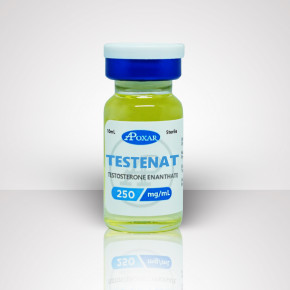
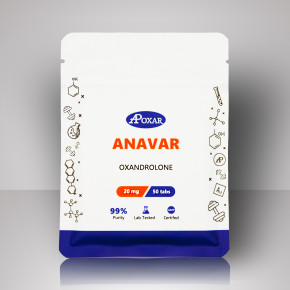
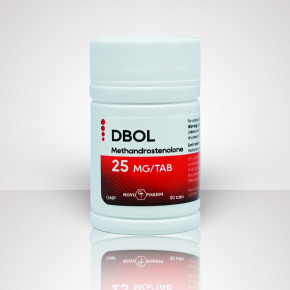
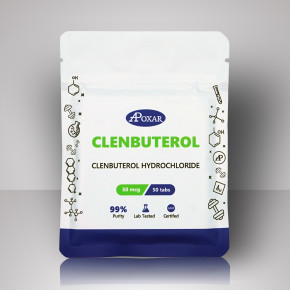
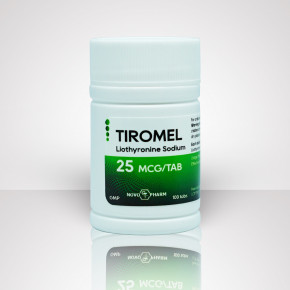
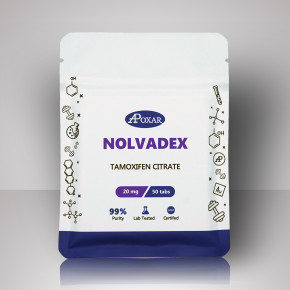
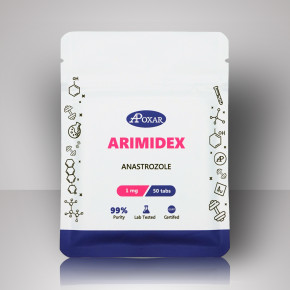
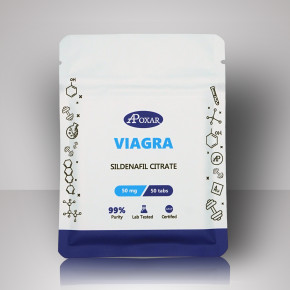
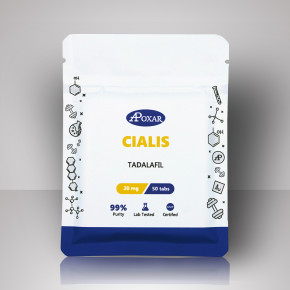
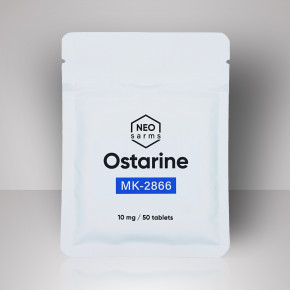
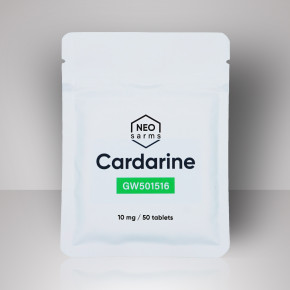
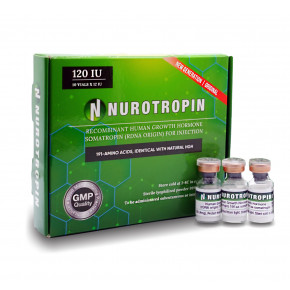
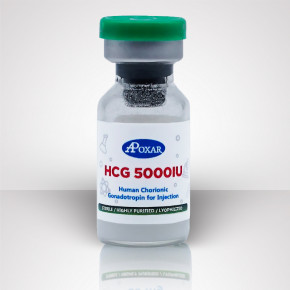
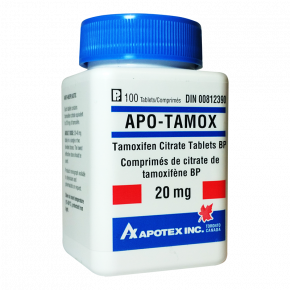
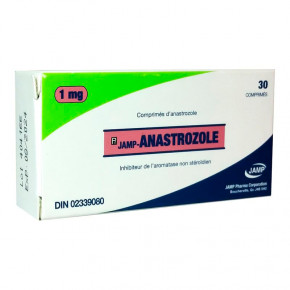
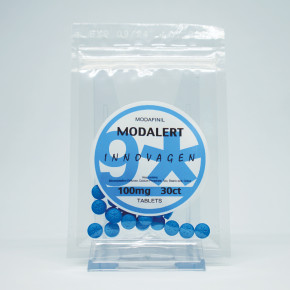
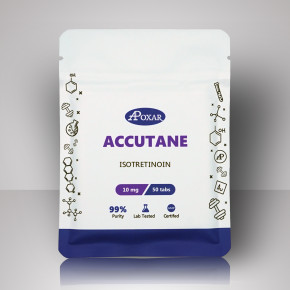
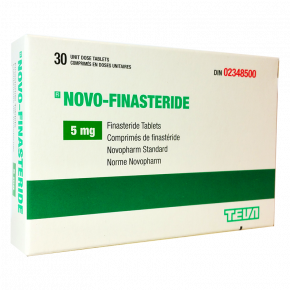
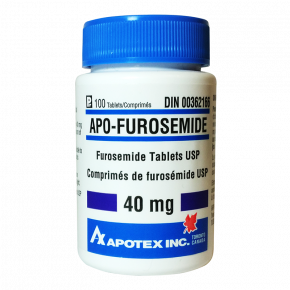
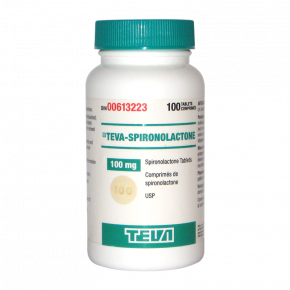

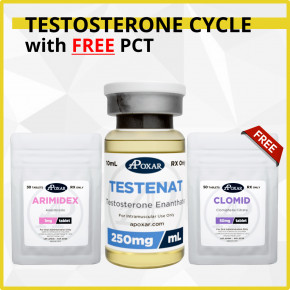
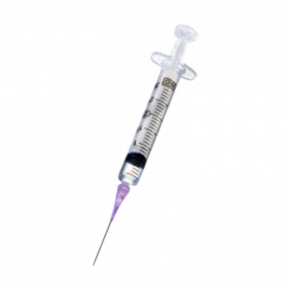
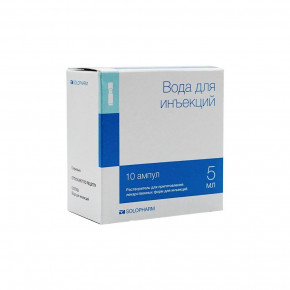

 Proudly Serving Canadians Since 2012
Proudly Serving Canadians Since 2012